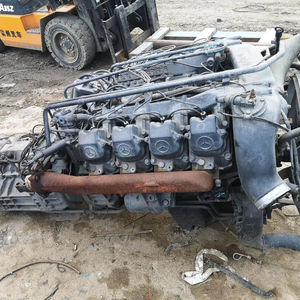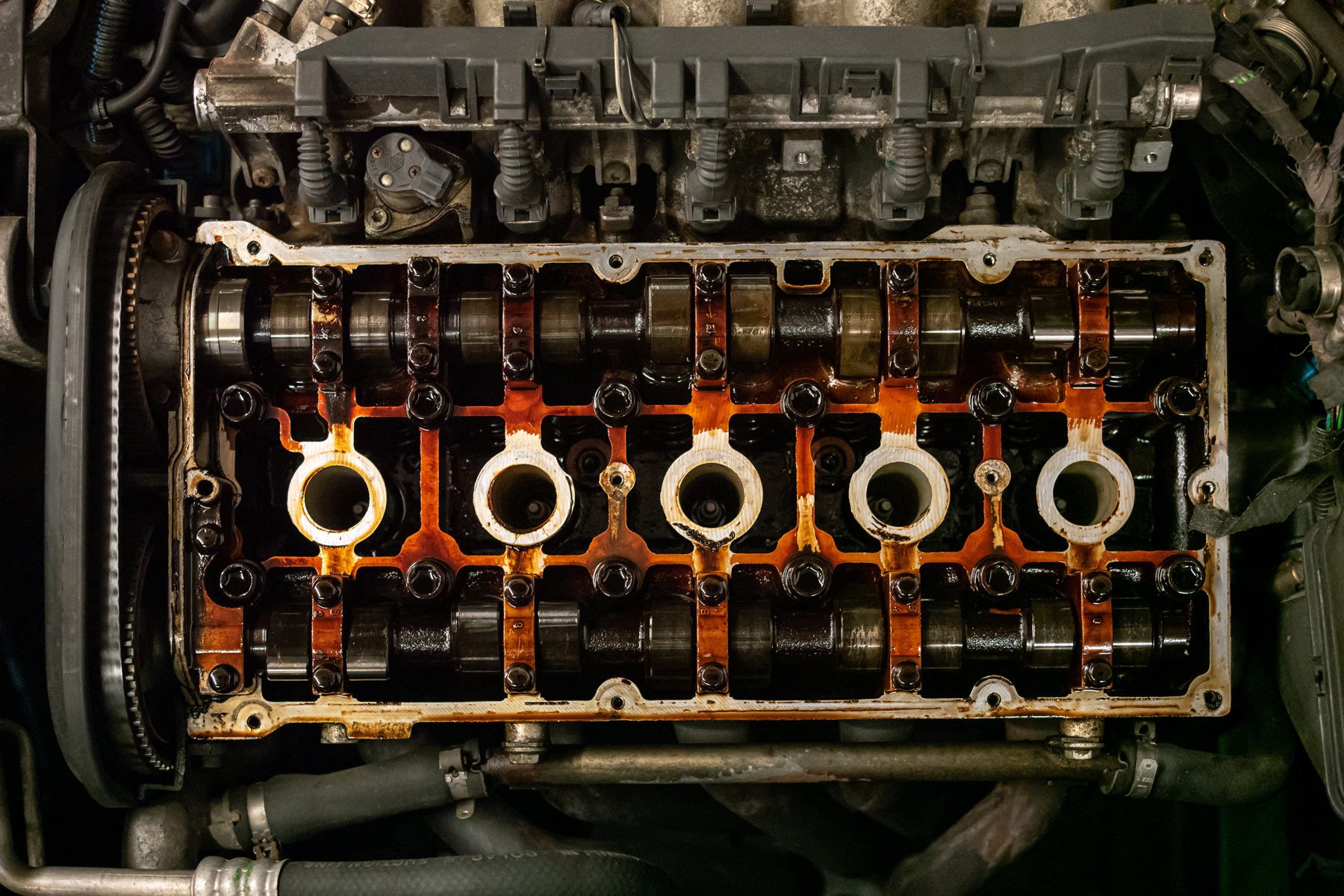Checking Out the Most Recent Technical Developments in Import Engines and Exactly How They Improve Driving Experience
In the world of auto engineering, the landscape of import engines is undergoing a profound change driven by sophisticated technical innovations. From the evolution of turbocharged engines to the integration of hybrid innovation, the most up to date innovations are changing the driving experience in means formerly unbelievable. As import suppliers press the borders of performance and effectiveness with improved fuel injection systems and innovative engine monitoring remedies, the concern develops: Exactly how do these developments really impact the means we connect with our automobiles when traveling?

Evolution of Turbocharged Engines
In the automotive industry, the advancement of turbocharged engines has actually dramatically changed the landscape of performance and efficiency. Turbocharging, once largely seen in high-performance cars, has currently become a mainstream technology taken on by a wide variety of vehicles, from portable hatchbacks to deluxe cars. The fundamental concept behind a turbocharged engine is basic yet efficient - forcibly even more air into the combustion chamber, it permits more gas to be shed, resulting in raised power result.
One of the vital benefits of turbocharged engines is their ability to supply more power from smaller sized, a lot more fuel-efficient engines. This downsizing pattern has brought about a reduction in emissions without endangering performance, making turbocharging an eye-catching choice for car manufacturers aiming to fulfill rigid environmental guidelines. Furthermore, turbocharged engines supply enhanced torque at reduced RPMs, offering vehicle drivers with a more receptive and dynamic driving experience - import engines.
As modern technology continues to development, we can anticipate further technologies in turbocharging, leading to also better levels of performance and performance in the vehicle market.
Innovations in Fuel Injection Solutions
Modern fuel injection systems have evolved to deliver gas extra successfully and specifically right into the engine cyndrical tubes, enhancing general engine performance and fuel performance. One of the vital technologies in gas injection systems is the change from typical port gas shot (PFI) to even more innovative straight gas shot (DFI) innovation.
In addition, the combination of digital control units (ECUs) and sensing units in fuel injection systems has actually enabled for real-time changes to fuel shipment based on various aspects such as engine load, temperature, and driving problems. Additionally, improvements in fuel injector style, products, and spray patterns have contributed to cleaner burning and smoother engine procedure.
Integration of Crossbreed Modern Technology
The development of gas shot systems towards higher performance and performance has actually established the phase for the seamless combination of crossbreed technology into contemporary engines. Crossbreed modern technology combines the use of standard inner burning engines with electric propulsion systems, providing enhanced gas performance and lowered emissions. By integrating electric motors and batteries into the powertrain, hybrid engines can supplement the interior burning engine throughout velocity or low-speed driving, therefore enhancing overall performance.

Enhanced Engine Monitoring Solution
What are the key advancements in engine management systems that are improving the performance and effectiveness of contemporary engines? Engine administration systems have gone through considerable improvements to enhance engine efficiency and effectiveness. One crucial advancement is the combination of sophisticated sensors that constantly keep track of various parameters such as engine temperature, air-fuel proportion, and exhaust discharges. These sensing units supply real-time data to the engine control unit (ECU), allowing for precise adjustments to be made to maximize burning processes and fuel efficiency.
Moreover, modern engine monitoring systems use sophisticated formulas and fabricated intelligence to analyze the information collected by sensing units and make dynamic adjustments to variables such as ignition timing, fuel injection, and turbocharger increase pressure. This degree of precision and adaptability lead to improved engine responsiveness, raised power outcome, and decreased gas usage.
In addition, engine administration systems now include advanced analysis abilities that can detect and resolve problems such as misfires, sensor malfunctions, and gas system irregularities in real-time, therefore enhancing total engine reliability and long life. These developments in engine monitoring systems play a vital role in improving the driving experience by delivering ideal efficiency, fuel effectiveness, and integrity.
Impact of Lightweight Products
Incorporating light-weight products in engine production has changed the automobile market's strategy to enhancing fuel effectiveness and efficiency. Making use of materials such as carbon aluminum, fiber, and titanium has actually significantly decreased the general weight of engines, bring about boosted power-to-weight ratios and enhanced fuel economic situation. These lightweight materials provide a higher strength-to-weight ratio compared to standard products like steel, enabling better resilience without jeopardizing performance.
One of the crucial advantages of utilizing light-weight products in engine building and construction is the decrease of inertia, causing quicker engine feedback times and boosted total lorry dexterity. In addition, the lighter weight adds to decrease power usage, making automobiles a lot more eco-friendly by decreasing discharges.
Additionally, the application of lightweight materials in engine parts such as pistons, attaching poles, and crankshafts has enabled engineers to push the borders of efficiency without compromising reliability (import engines). This innovation has actually led the method for much more powerful and reliable engines that deliver a premium driving experience while fulfilling rigid emissions standards
Verdict
In verdict, the most recent technological innovations in import engines have actually dramatically improved the driving experience. these details From the evolution of turbocharged engines to advancements in gas injection systems, assimilation of crossbreed technology, boosted engine administration systems, and the official statement use of light-weight materials, these innovations have actually collectively boosted performance, gas effectiveness, and overall driving characteristics. As innovation continues to breakthrough, we can expect also a lot more exciting advancements in the future of import engines.
Modern fuel shot systems have progressed to deliver gas much more efficiently and exactly into the engine cyndrical tubes, improving general engine efficiency and fuel efficiency - import engines. By integrating electric motors and batteries into the powertrain, hybrid engines can supplement the internal burning engine throughout acceleration or low-speed driving, thus boosting overall efficiency
What are the crucial innovations in engine monitoring systems that are enhancing the performance and effectiveness of modern-day engines? Engine monitoring systems have actually undergone considerable developments to maximize engine efficiency and efficiency. From the development of turbocharged engines to improvements in gas shot systems, integration of hybrid innovation, boosted engine monitoring systems, and the use of lightweight materials, these developments have actually jointly boosted efficiency, gas performance, go to this web-site and overall driving dynamics.